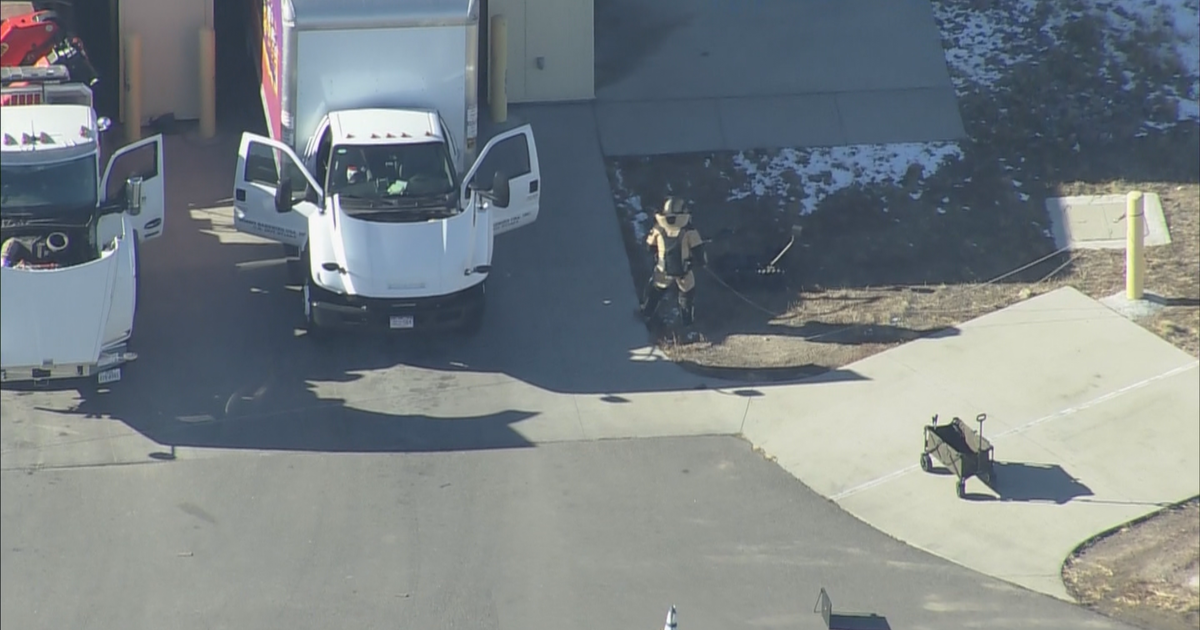How to watch NASA's attempt to alter asteroid's trajectory in planetary defense test
PHILADELPHIA (CBS) -- What was once thought only the stuff of science fiction movies is actually set to happen Monday night in outer space. For the first time in human history, mankind may deliberately move a natural celestial object in space.
NASA will attempt to slam a spaceship into an asteroid in hopes of changing its course all in the name of planetary defense.
NASA's DART mission is expected to crash into the asteroid at 7:14 p.m. eastern time Monday after launching 10 months ago. NASA will live stream the event beginning at 6 p.m. with a briefing from Johns Hopkins Applied Physics Laboratory.
You can watch on NASA's website, Facebook, Twitter or YouTube.
What we've only seen in the movies could happen Monday.
"We are moving an asteroid," NASA DART program scientist Tom Statler said. "We are changing the motion of a natural celestial body in space. Humanity has never done that before."
To do that, NASA hopes to smash a spacecraft into an asteroid nearly 7 million miles from earth.
About the size of a vending machine, NASA's DART spacecraft will be flying 14,000 miles an hour when it slams into Dimorphos, a small moon orbiting the asteroid Didymos.
"The moon they're trying to hit is only 525 feet across," CBS News space analyst Bill Harwood said. "So if you think Statue of Liberty, think about the pyramids. You know it's kind of in that scale."
The impact will not destroy Dimorphos, but NASA aims to nudge it off its course by as much as 10 minutes.
"It's a very small change, but it's proof of concept," Harwood said. "They want to prove you have the ability to deflect an asteroid if they ever spot one heading toward earth on a collision course. The odds of an asteroid hitting the earth with devastating impact, they're remote. But the consequences are extreme."
Evidence suggests one or more asteroids caused the mass extinction of dinosaurs on earth.
Scientists say they know of no asteroids that will impact earth within the next century, but they're always searching.
"It's something we need to get done," NASA planetary defense officer Lindley Johnson said, "so we know what's out there and know what's coming and have adequate time to prepare for it."
NASA says the DART mission is just the first in a series of experiments that will better prepare mankind to save the world from unknown threats.







